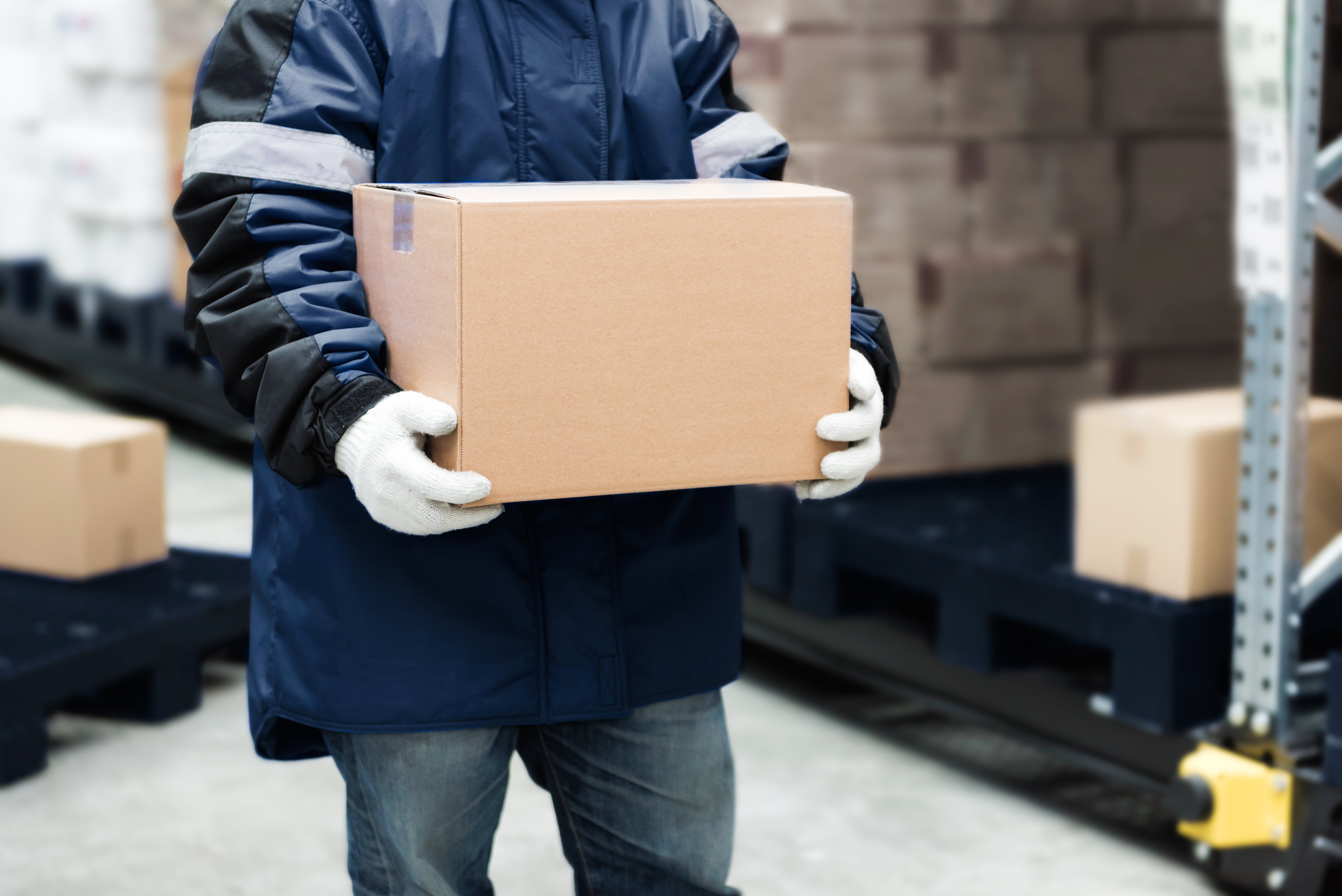Oct 13th 2022
What to wear in a refrigerated warehouse?
Refrigeration is an essential part of modern life. It keeps our perishable food items fresh for future consumption. The logistics of frozen foods and other temperature sensitive items are constantly moving via trucks and in and out of warehouses. Now this is not done on its own so a dedicated workforce is needed to move items to your store. But what should you know about wearing clothes in a freezer? When working in a refrigerated warehouse, there are certain things you must take care of. Find out more about the best clothing to wear in a freezer! In order to work safely in a refrigerated warehouse or cold storage facility, you need to be aware of the proper clothing to wear. Read on to learn more!
Warehouse workers often work long hours in cold environments, so they need clothing that keeps them warm and dry while also protecting them from frigid elements. To keep yourself comfortable, look for clothes made of breathable inner fabric like polyester. Wear layers under your outerwear to stay warm, and add a hat to protect your head and ears from the wind. But that alone is not enough. Warehouse workers must wear protective clothing when working in cold environments. This includes freezer coveralls, gloves, boots, ear protection, hard hats and insulated work shoes. When working in a refrigerated warehouse, there are certain things you need to know about how to dress appropriately. First off, you want to avoid cotton because it absorbs moisture and becomes heavy when wet. Instead, look for polyester or nylon shirts and pants. if you are really cold you can also use thermal underwear for added warmth. Also, don't forget to bring along a pair of comfortable freezer boots and moisture wicking socks.
Here is a list of essential cold weather clothing:
1. A good pair of warm shoes. You’re going to spend a lot of time standing around in a cold warehouse, so make sure you have comfortable shoes that won’t get wet or dirty. You don’t want to end up with blisters or calluses on your feet.
2. Gloves. If you’re working outside, you’ll need gloves to protect your hands from getting cold and potentially catching a chill. If you work inside, you may need some that are touchscreen compatible for today's modern inventory equipment.
3. A hood or balaclava mask keeps your head warm and helps prevent sunburn if you are outside. Make sure it fits snugly over your ears and doesn’t fall off while you’re working.
4. Long-sleeved shirt. Wear long sleeves if you’re working outdoors. If you’re indoors, you can also wear long sleeve under your freezer jacket.
5. Thermal pants are great for keeping your legs warm and dry. Wear them under pants or jeans to avoid having to change clothes.
6. Jacket. Specialty industrial freezer coat It’s always nice to have. A hooded jacket is good to have because they can handle negative temperature drops.
Cold chain logistics is temperature-controlled storage, processing, and transporting of goods from local to international destinations. Whether it is port logistics or warehousing, workers need work clothes that stand up to the demanding nature of such work. With that in mind, it is important to equip oneself with the proper safety apparel in order to complete a full days work in such cold work environments.


